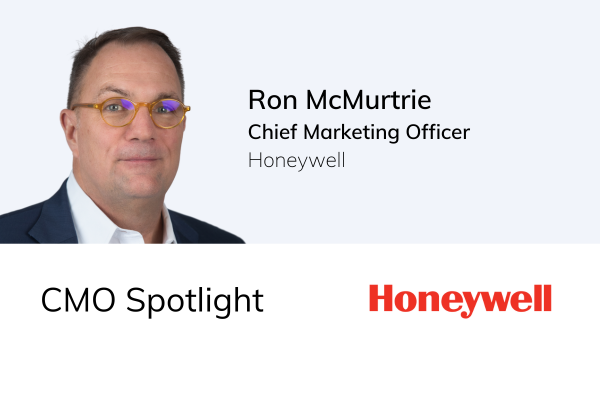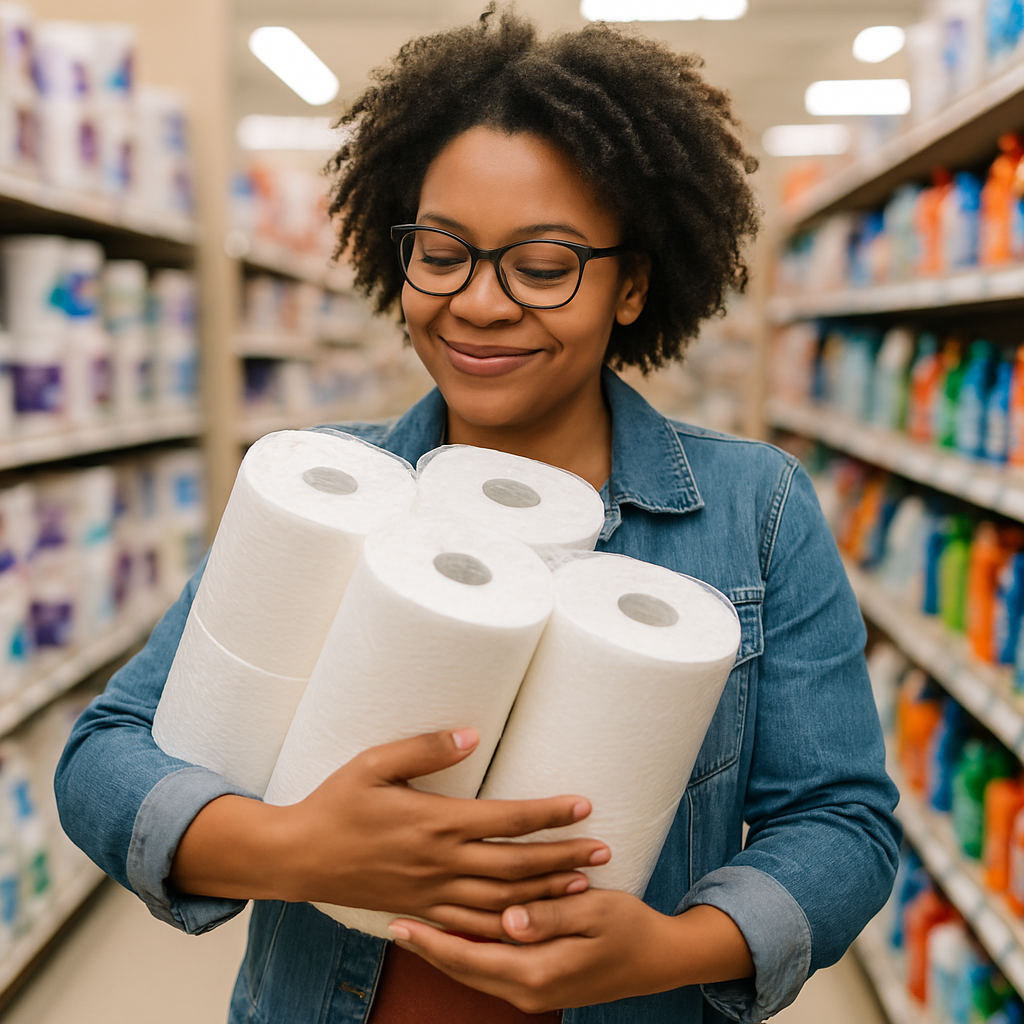Purpose, Proof + Personalization | Secrets to Marketing in the Beauty Industry
The beauty industry is no longer just about surface-level aesthetics–it’s about science, self-expression, and substance. Consumers are smarter, more value-driven, and demanding more than flawless packaging and influencer hype. They want brands that understand them, speak with empathy, and prove their products work.
Brands like MONPURE are ahead of the curve.
In a conversation with Nate Bigger, Founder + CEO of MONPURE and the leader behind the brand’s marketing strategy, we heard firsthand how the company is navigating the beauty landscape with authenticity, science-led storytelling, and a deep understanding of the emotional side of self-care.
“Our most meaningful connections [with consumers] come when people feel seen.”
Nate Bigger | Founder + CEO MONPURE
1. From Vanity to Identity: The Rise of Purpose-Driven Beauty
Consumers in 2025 are prioritizing mental health, transparency, and trust—and beauty brands are responding. According to Adweek, brands that center their mission and speak to emotional well-being are outperforming those that focus purely on performance or image alone.
For MONPURE, this is already the standard:
“For us, it starts with purpose. MONPURE exists not just to sell products, but to redefine what haircare means. We’re shifting the focus from vanity to science, health, confidence, and identity. We openly share our mission, the science behind our formulations, and some human stories behind hair loss and recovery.”
This human-first approach isn’t just compelling, it’s necessary. Forbes reported that consumers now expect brand communications to address real-life issues, especially in categories that touch on self-esteem, like hair and skin.
“Our most meaningful connections come when people feel seen, especially those struggling with scalp sensitivity, postpartum hair loss, or identity-related issues tied to their hair. Science, transparency, education, and empathy drive everything we do.”
2. Platform Fluency with Message Consistency
With consumers interacting across TikTok, YouTube, retail shelves, and treatment rooms, consistent storytelling across channels is critical. But the format needs to adapt.
MONPURE’s approach perfectly reflects the ability to tailor delivery without compromising message integrity:
“We adapt the tone and format, but never the core message. On social, it’s about short, punchy education and storytelling. On our website, it’s a deeper dive into the science and efficacy. In retail, it’s tactile and experiential. We meet our audience where they are, whether it's Instagram, a spa treatment room, a hair clinic or the product box—always showing up with purpose, beauty, and clinical credibility.”
It’s not about being everywhere. It’s about being consistent, intentional, and useful.
3. Listening Before Launching: The Power of Responsive Campaigns
The most successful beauty campaigns are those that respond to culture, not chase it. As Gen Z and Millennial consumers look for deeper meaning in brand relationships, campaigns must be rooted in insight, not just aesthetic.
MONPURE’s 2023 “It’s Not Just Hair” campaign is a model for this:
“We invest in research. Not just product development, but trend analysis, customer feedback, and cultural shifts. Instead of selling, we listened: we launched a content campaign where customers and creators shared their personal hair journeys. It resonated deeply and built long-term loyalty far beyond one product launch.”
This echoes a 2025 Ad Age trend report that found campaigns centered on storytelling and lived experience drove more loyalty and engagement than traditional performance marketing efforts.
4. Borrowing from Science + Wellness to Build Beauty Trust
Beauty may have traditionally been emotionally driven, but today’s consumers want evidence. MONPURE is pushing for a hybrid model—bridging the emotional with the scientific:
“Beauty is often emotionally driven, which is powerful, but can easily become superficial. I admire how tech and wellness brands lead with education and long-term value. At MONPURE, we’re borrowing from science-led industries to build trust and transparency. Through our scientific research with universities in the UK, we understand hair science and long-term hair health better than anyone else.”
And they’re not alone. According to Marie Claire, consumers are increasingly seeking products backed by scientific research and brands that demonstrate a genuine commitment to their well-being
5. Using AI With Empathy: A Delicate Balance
AI is transforming marketing in every industry, but beauty requires a softer, more careful hand. The smartest brands are blending automation with emotional intelligence.
MONPURE’s take is clear:
“AI is a double-edged sword. When used responsibly, let’s say to recommend the right product or offer timely support, then it feels helpful and respectful. But when it’s used to push for conversions with no context or sensitivity, it feels hollow.”
The most impactful AI in beauty, Bigger shares, won’t replace but empower the marketer:
“The brands that win will be the ones that blend AI efficiency with emotional intelligence, and using data to deepen relationships, not replace them.”
Adweek backs this up, noting that “AI-first without empathy” is a recipe for shallow engagement, especially among Gen Z consumers, who value intention as much as innovation.
3 Trends to Look Out for in 2026
Science-led storytelling: Consumers want proof, not promises.
Emotional utility: Products will be judged not just by what they do, but how they make people feel—safe, confident, empowered.
Community-first commerce: Trust and loyalty will come from shared values, not just performance. Micro-communities will become more influential than macro influencers.
These insights line up with Vogue Business and other articles that are already predicting: a world where meaning, credibility, and shared identity matter more than any single product feature.
The beauty industry is maturing, and consumers are asking more from brands than ever before. MONPURE’s approach leads with purpose, backs up claims, and shows up where people need them, not just where the algorithm says you should be.
For beauty marketers wondering where to go next: start with what’s real.































Over the past year, we’ve watched the following patterns emerge across seemingly unrelated sectors: rising consumer expectations, demand for authenticity, growing complexity, and the tension between automation and human connection.
We interviewed multiple marketers from an array of industries in our blogs below, and we discovered consistent trends across the board. Check out all of our industry blogs throughout 2025 from leaders at Blackbaud, Hiscox USA, Mimedx, MONPURE, Kimberly-Clark Professional, and more.